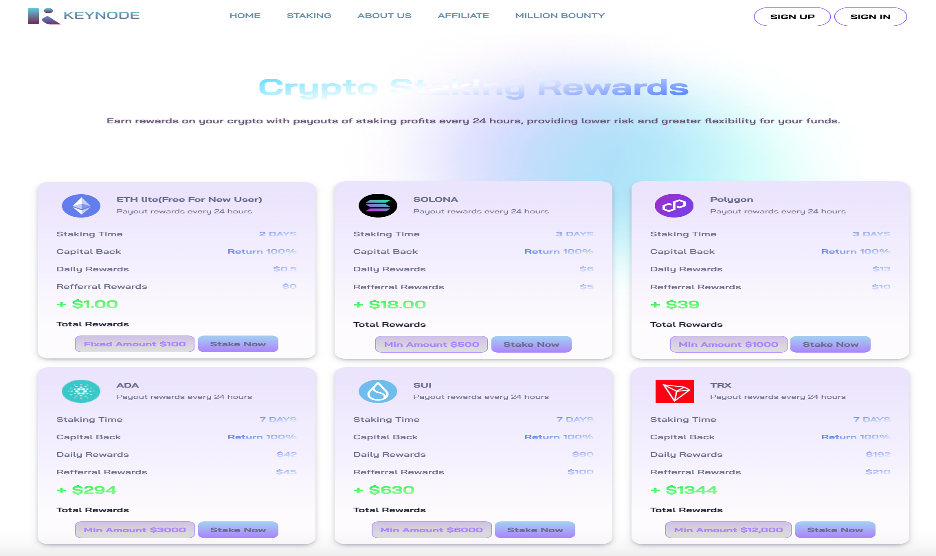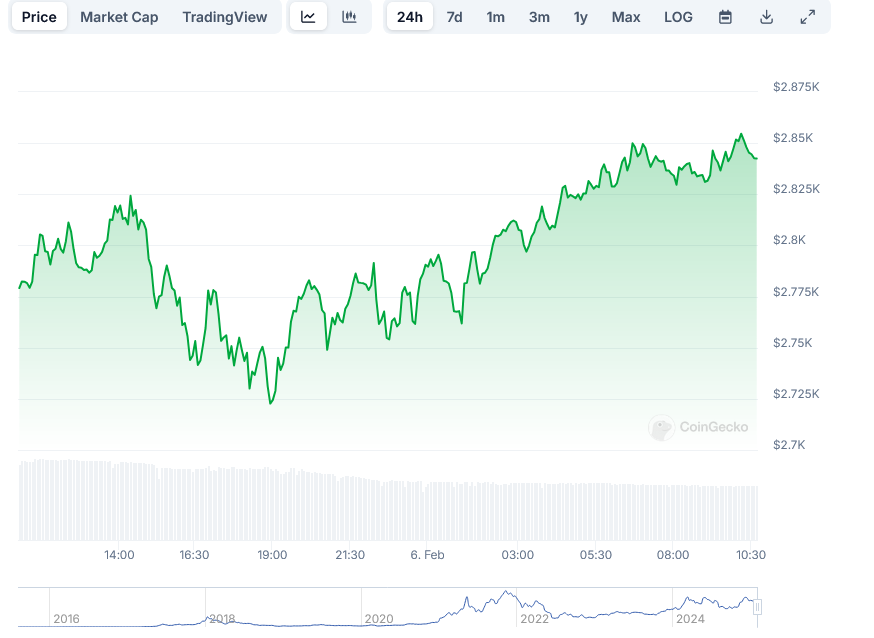Maximising Your Crypto Investments: The Role of Advanced Bridge Solutions

But how can they help you maximize your crypto investments? Jumper Exchange has an answer to that question. This company has the most comprehensive interface available, which provides users with all-encompassing swapping and bridging solutions so that you can safely invest and secure your crypto.
Liquidity
Bridges help increase liquidity by taking advantage of multiple blockchain networks.
They can pose various risks, so users should exercise due diligence when selecting them and evaluating a bridge aggregator’s security features and risk mitigation mechanisms – including audited smart contracts being deployed on trusted nodes and uploaded code being uploaded and verified.
Relying solely on one bridge creates a single point of failure for future business logic. It could have serious repercussions if that bridge were compromised. While bridge aggregators can provide relief by guaranteeing there will always be another route available for transactions.
Convenience
Bridge aggregators enable greater accessibility by offering multiple blockchain options through one solution, simplifying user experiences and increasing liquidity.
Backend routing algorithms use quotes from different bridges to select the ideal route for each source and destination token combination pair. Then, they communicate this path through its front end to users so they may exchange assets via this route.
Most routing computation occurs off-chain, which reduces reliance on single bridges and minimizes any negative consequences if one of their off-chain components fails. This is especially critical, considering most bridges are vulnerable to hacks.
Similarly, if a bridge provides multiple routes for transporting an asset, it will choose the optimal one based on factors like security, cost, and speed
Security
Bridges depend on a range of trust assumptions from multiple layers, including multi-sig, which requires multiple people to sign transactions simultaneously – an approach that poses a considerable risk in an ecosystem like blockchain, which promotes decentralization.
Bridge aggregators rely on off-chain routing algorithms and backend components. Any failure in these off-chain systems could delay quotes and route information for users, potentially having negative repercussions for them.
These aggregators provide an extra level of convenience to developers of decentralized apps (dApps). By decreasing research overhead and maintenance burdens in maintaining an ever-evolving ecosystem, bridge aggregators free up resources that can be prioritized towards other features within their protocol, such as cross-chain LP deposits.
Flexibility
Bridge aggregators differ from centralized exchanges in that they don’t directly take responsibility for depositing and withdrawing assets from users’ wallets, acting instead as an intermediary between users and blockchain ecosystems, using smart contracts to store deposited tokens on one blockchain and release equivalent ones on another, thus providing greater accessibility and liquidity for transactions.
Decentralized bridges offer a more secure and trustless trading experience as users retain ownership of their private keys throughout a transaction.
However, because routing computation takes place off-chain, an aggregator could be at risk when its off-chain components fail.









